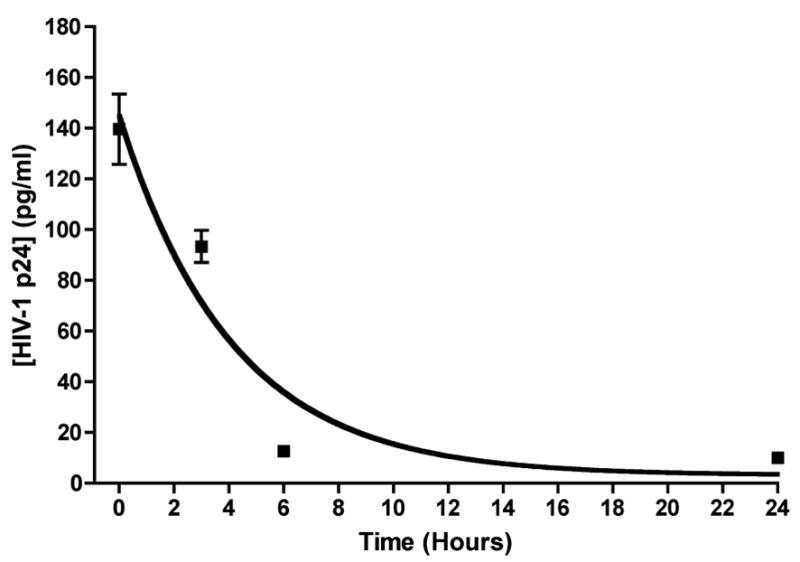Figure 4. Preformed Gag is present in HSV amplicon particles, but decays rapidly.

BALB/c mice (3/group) were inoculated in the tail base with 5 x 105 transducing units of UV-inactivated amplicon particles containing the (CMV-R) driven Gag insert (Figure 1). Groups of mice were then sacrificed at timed intervals following amplicon inoculation (5 min, as well as 3, 6 and 24 h), and the injection site was recovered using a tissue punch. A tissue lysate was prepared, and protein content in each lysate was determined by Bradford assay. A fixed amount of lysate was then used in a HIV-1 p24 ELISA; the results are expressed as ng of HIV-1 p24 protein per ml of reaction volume, where 1 ml of the reaction contained 2.5 μg of tissue extract. The data shown represent mean values of triplicate measurements, and bars denote the standard deviation of those values; the sensitivity cutoff of the Gag ELISA is 10 pg/ml, and samples in which the measured Gag level was below this were assigned a value of 10 pg/ml. A nonlinear curve for a single-phase exponential decay was fitted to the data using GraphPad Prism (and is shown in the Figure). The R2 value (goodness of fit) for this curve was 0.88, and the in vivo half-life of the preformed Gag antigen present within the HSV-1 amplicon inoculum was estimated at 2.84 hours (with 95% confidence intervals ranging from 1.73 to 7.94 hours).
